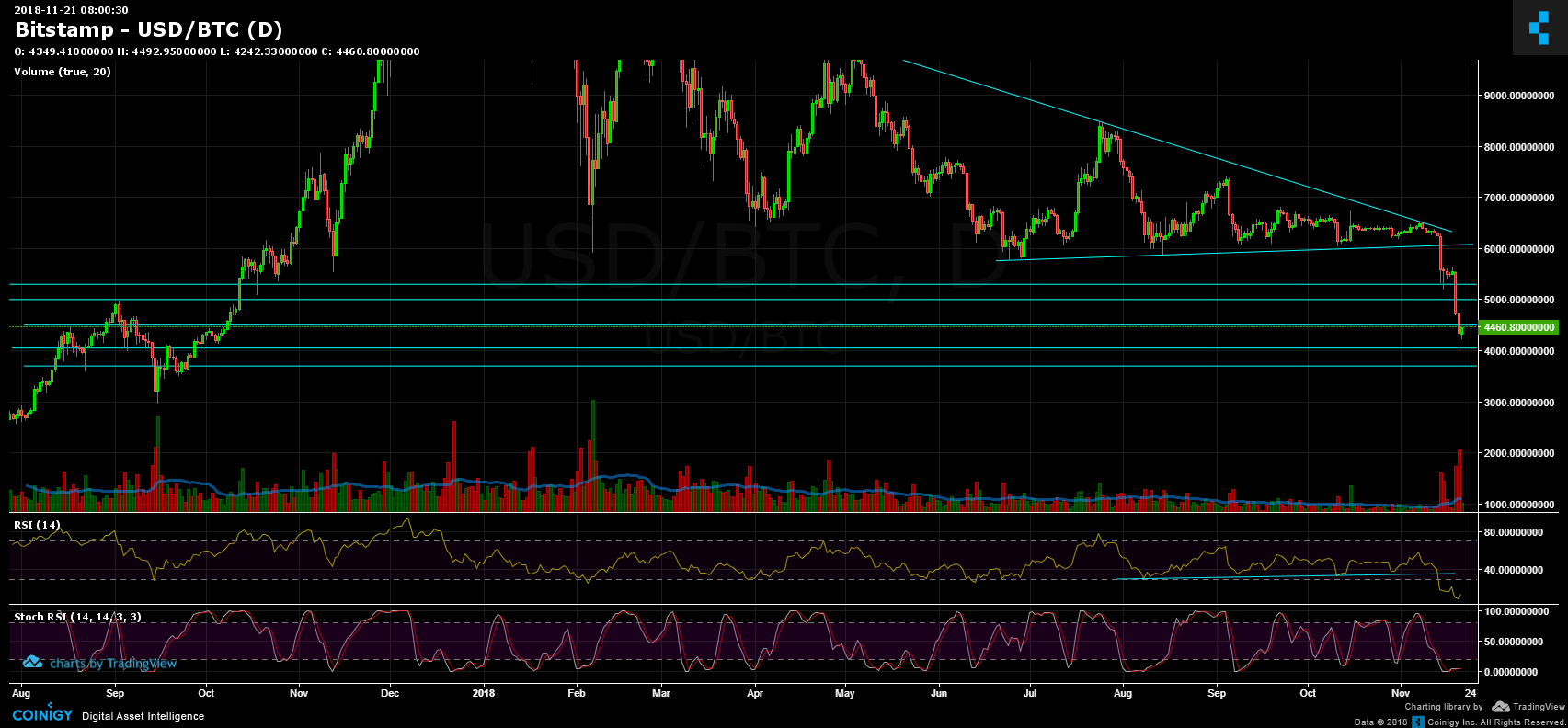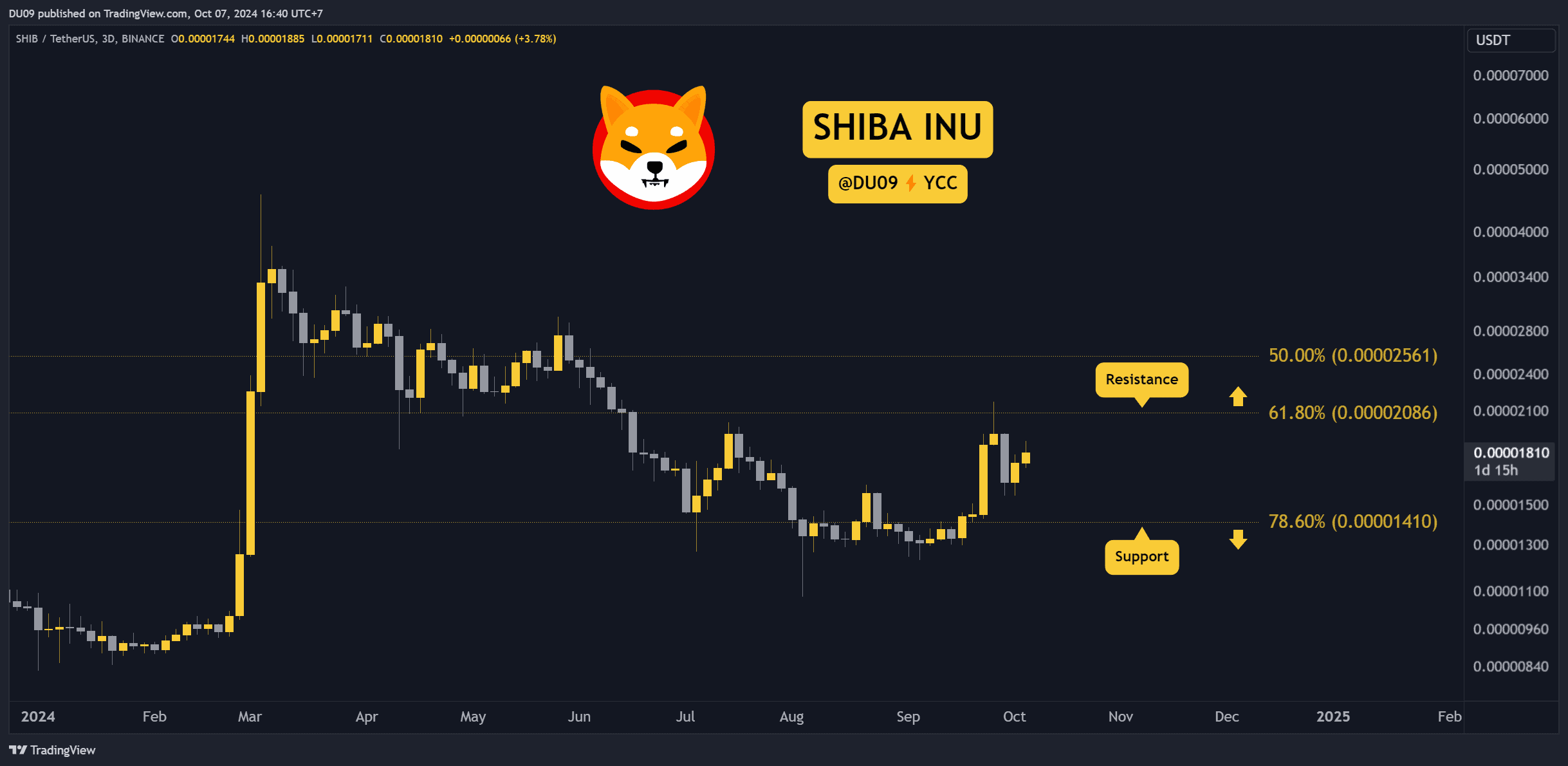Jack Dorsey Is Right About Inflation – Partly

Michael J. Casey is CoinDesk’s Chief Content Officer.
Twitter and Square CEO Jack Dorsey caused a stir among mainstream economic and political commentators when he tweeted last week about a threat to society from hyperinflation.
MSNBC’s Chris Hayes called it an “incredibly revealing tweet,” later suggesting it was self-servingly motivated by Dorsey being “heavily into crypto.” Calling the United States’ current bout of rising prices “hyperinflation,” Hayes said, is akin to promoting the antiparasitic drug Ivermectin as a cure for COVID-19. Wired columnist Virginia Hefferman called Dorsey’s tweet “insanely reckless,” suggesting that someone with his reach can deliver a self-serving prophecy.
You’re reading Money Reimagined, a weekly look at the technological, economic and social events and trends that are redefining our relationship with money and transforming the global financial system. Subscribe to get the full newsletter here.
For the record, I tend to agree with the more measured view of another Bitcoiner, Cathie Wood, who disputed that there is any sign of hyperinflation in the data. The term is typically reserved for cases where inflation of more than 50% per month, which when compounded results in an almost 13,000% annualized increase. (The latest U.S. consumer price index readout was up 5.4% from a year ago – the highest rate in 30 years, but nothing like Weimar Germany or Zimbabwe in the 2000s.)
But what I really want to focus on is how this episode reveals two different world views of inflation’s origins and, by extension, on how to keep it under control. I also argue that the Bitcoiner perspective offers a valuable framework for understanding the biggest risk factor in all this: a decline in public trust in policymakers. This loss of trust challenges the incumbent financial system and is a key reason why bitcoin, which stands as a hedge against that system’s outright failure, hit new all-time highs last week and is now up 20x since March 2020.
To break down how traditional central bankers’ see inflation risks, it’s useful to dissect Wired columnist Hefferman’s assertion that “the word @jack tweeted should not be uttered unless you’re trying to bring it into being.” As Castle Island Ventures partner Nic Carter pointed out, Hefferman was expressing Federal Reserve dogma: that inflation is derived from “expectations.”
The idea is that if people expect inflation, they will preemptively protect their purchasing power by asking for higher prices, or wages, for their goods or services, which reinforces other people’s inflationary expectations and prompts them to do the same, creating an upward spiral.
As Carter notes, this makes central bankers obsessed with their own messaging.
We’ve seen this concern with messaging take on special significance over the past decade, although throughout that time the Federal Reserve’s concerns were not with the psychology of inflation but with the opposite: a deflationary spiral, where expectations of falling prices lead people to postpone spending, which lowers demand for goods and services, which in turn pushes prices lower. To manage that, the Fed’s 12 voting members had to try to manipulate the thinking of the bond market.
With interest rates at virtually zero for over a decade, the Fed and other central banks instead tried to charge up a still-sluggish global economy via “quantitative easing,” printing money to purchase trillions of dollars in bonds and other assets to drive down market interest rates and keep credit flowing. That led to an increasingly complex psychological relationship between the Fed and the market.
On the one hand, the Fed worried that bond traders were overly worried that it was getting overly worried about inflation. If traders thought the central bank was going to prematurely stop bond purchases to let market rates rise to slow growth and curtail inflation, then there was a risk those traders would prematurely sell bonds, which would have the unwelcome self-fulfilling effect of driving up rates before a sustained recovery could take root.
On the other hand, the Fed also worried that if it was too overt in telling the market not to worry, it could drive asset prices too high, fostering a dangerous bubble.
As it performed this delicate balancing act, Fed policy became more about what was said – that it would tolerate above-target inflation for an indeterminate period in the future, for example – than about what was actually done.
Think about it: A group of just 12 people, with discretionary power to set the monetary policy for the world’s reserve currency, try to guess and manage the fears and hopes of billions of people worldwide, and then implement that policy via a meta-level mind game with Wall Street’s notoriously egotistical trading community. It seems kinda nuts.
Yet, in some respects this is the unavoidable outcome of a fiat monetary system created after the collapse of the gold-pegged, hard-money system in which monetary policymakers had no such discretion.
With bitcoin there is, in theory, no capacity for this kind of mind game to arise. There is no uncertainty. Whether or not consumers, producers or bond market vigilantes like it, new bitcoins are created at a predictable rate that no one can alter, with total supply destined to top out at 21 million by the year 2140.
In a predictable system like this, the theory goes, no harm can come from what people say, whether it’s Dorsey spouting off or a central banker uttering the wrong choice of words, because the defining factor behind inflation – money supply – is predictable.
This perspective is framed by the famous maxim from monetarist economist Milton Friedman that “inflation is always and everywhere a monetary phenomenon.”
Note: Friedman did not mean that, absent a change in monetary conditions, prices won’t change. Prices will always be impacted by demand and supply conditions. But without monetary distortions, one-off price changes provide a mechanism for attaining stability because demand and supply for the good or service in question will adjust accordingly until market equilibrium is reached.
What Friedman was referring to was not these one-off price increases but inflation, which he defined as a “steady and sustained rise” in the economy’s general price level. This, he argued, can occur only with monetary expansion, which, all things being equal, leads to a cycle of higher prices from a larger supply of money in circulation.
Few central bankers would dispute that monetary conditions contribute significantly to inflation. But because they’re not naturally inclined to find blame for inflationary pressures in their policies, they tend not to focus on their own role in creating those conditions and instead try to correct the behavior of everyone else: the consumers, producers and investors whose decisions dictate demand, supply and pricing expectations.
Central bankers are right to point to frequent examples where suboptimal market behavior, especially irrational herd-like behavior, leads to financial crises. This includes the practice of hoarding hard money such as gold – or potentially bitcoin – which exacerbates the currency’s scarcity, reduces transactions and fosters deflation.
But the bigger risk, one that they fail too frequently to recognize, is that these policymakers can lose the public’s trust. This is especially a concern when inflation starts to appear in fiat-based economies. Without people’s trust, all that carefully calibrated signaling and messaging is meaningless.
Monetary systems tend to act like a pendulum. They swing between rigid, hard-money conditions to offset the loss of trust in discretionary policymaking and then break free of those rigidities to give a monetary boost to growth.
Right now, after a decade of uneven growth where sharp asset inflation has coexisted with stagnant median incomes for the general public, we may be entering the former phase. There is a greater risk than perhaps at any time since the 1970s that trust in government leadership of the economy will drop to untenable levels.
That’s why even this modest pickup in inflation has people legitimately worried that it could grow into something bigger. It’s why it should be okay to mention the “H word” – if only to put it on the table, as a risk to consider.
Subscribe to State of Crypto, our weekly newsletter on policy impact.
By signing up, you will receive emails about CoinDesk product updates, events and marketing and you agree to our terms of services and privacy policy.









